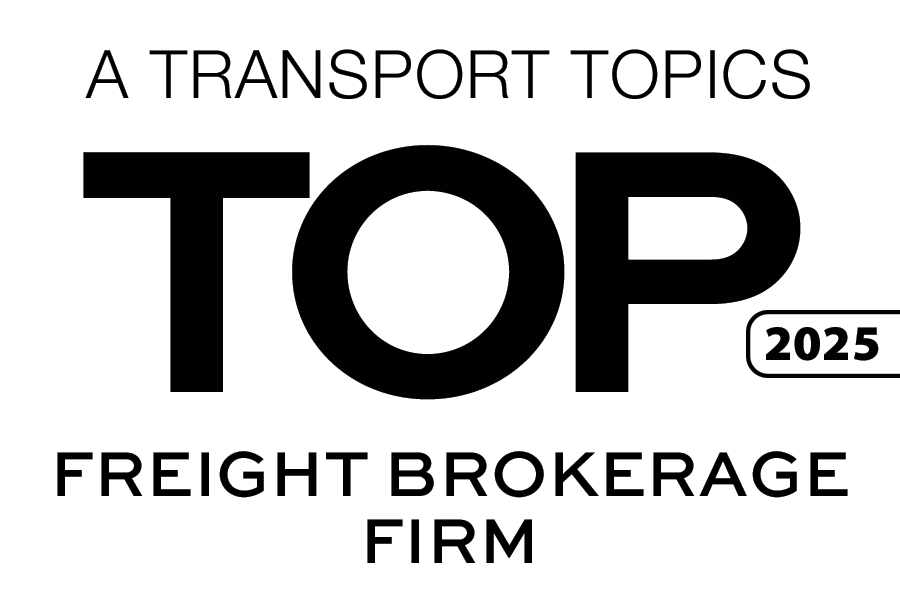Freight Rates, Efficiency, and the Real Story Behind Driver Pay
July 8, 2025
 As the freight market stabilizes post-pandemic, the trends in contract rates and market cycles are beginning to reflect a more complex, regionalized picture. What was once a market characterized by universally rising rates during the height of the pandemic has now evolved into something more nuanced: a mixed bag of lane-by-lane shifts, moderate bid increases, and modest overall growth.
As the freight market stabilizes post-pandemic, the trends in contract rates and market cycles are beginning to reflect a more complex, regionalized picture. What was once a market characterized by universally rising rates during the height of the pandemic has now evolved into something more nuanced: a mixed bag of lane-by-lane shifts, moderate bid increases, and modest overall growth.
“During the heat of the pandemic, it was all positive. Rates were going up,” says MIT Transportation Researcher Chris Caplice. “Now that distribution of the new rate differential has been shifting. Some lanes are going up, some lanes are going down.”
Recent data suggests that while some freight lanes are experiencing slight increases, others are softening. On average, bids have seen about a 2% to 3% increase, which serves as a proxy for future rate expectations. These figures indicate a return to more normalized growth rather than a dramatic market swing in either direction.
But beneath the numbers lies a more fundamental issue: operational inefficiency and its impact on driver pay.
Contrary to popular belief, the industry may not be suffering from a true driver shortage. Instead, it faces a driver pay shortage—a consequence of inefficiencies and the commoditization of drivers. There are millions of CDL holders who have opted out of driving due to stagnant wages and poor work-life balance. Many of these individuals only entered or re-entered the industry when pandemic-era wages made it temporarily worthwhile.
The core problem isn’t simply about pay levels, it’s about how drivers are paid. Long-haul drivers often receive compensation based on loaded miles, meaning any delay at docks, shippers, or receivers cuts directly into their income. The average U.S. drive time is only about six and a half hours per day, significantly less than the 14 hours available under federal hours-of-service rules. This gap represents a major opportunity for improvement.
Is there more to the perceived driver shortage than there seems? Learn more with the latest episode of the Stay In Your Lane Podcast.
The blame for this inefficiency often lies at the loading docks. Shippers and receivers frequently run their operations at near-maximum efficiency with no room for error. If one truck misses a scheduled appointment, it can throw the entire day’s operations off track, resulting in long wait times for drivers. And while warehouses might absorb minimal penalties for delays, the real cost is borne by drivers who sit unpaid for hours.
“I’ve always had the argument that it’s not a driver shortage problem, it’s an efficiency problem,” says Caplice. “Shippers and receivers just hold carriers too long.”
Fixing this issue requires a system-wide perspective. Improving warehouse operations alone isn’t enough if it reduces flexibility elsewhere. The entire supply chain—shippers, receivers, carriers, and brokers—must work together to optimize not just their individual systems but the flow of goods across the whole network. That includes building in buffers, reducing multi-stop loads, and implementing better scheduling practices.
 Ultimately, increased efficiency leads to more productive time on the road for drivers, translating into better pay and job satisfaction. But that improvement must come without shifting burdens elsewhere in the system. Without coordination and shared accountability across all parties, the hidden costs of inefficiency will continue to weigh down the very people responsible for keeping freight moving.
Ultimately, increased efficiency leads to more productive time on the road for drivers, translating into better pay and job satisfaction. But that improvement must come without shifting burdens elsewhere in the system. Without coordination and shared accountability across all parties, the hidden costs of inefficiency will continue to weigh down the very people responsible for keeping freight moving.
At Triple T Transport, we understand the complexities of today’s freight landscape. That’s why we focus on collaborative, data-driven 3PL solutions that drive efficiency and deliver value across the supply chain. From rate forecasting to carrier performance tracking, our team helps shippers and carriers align their operations to reduce friction, improve delivery times, and ensure drivers are treated fairly. If you’re ready to bring greater transparency and reliability to your logistics strategy, Triple T is here to help.














